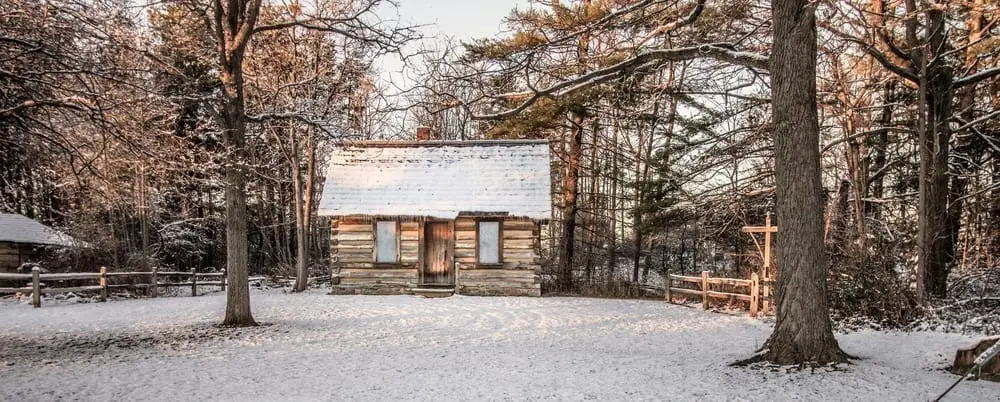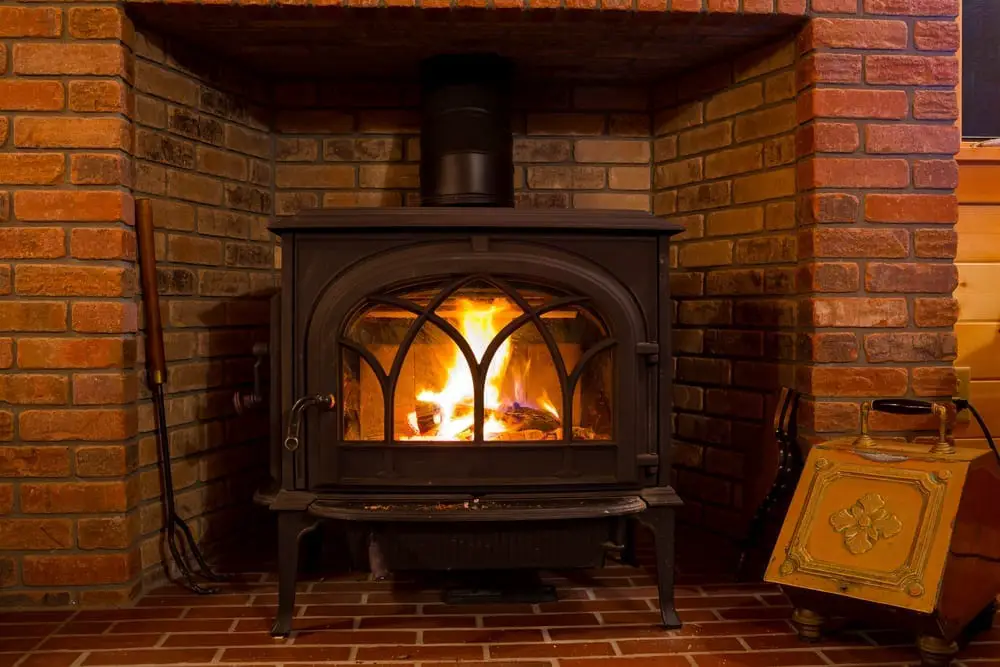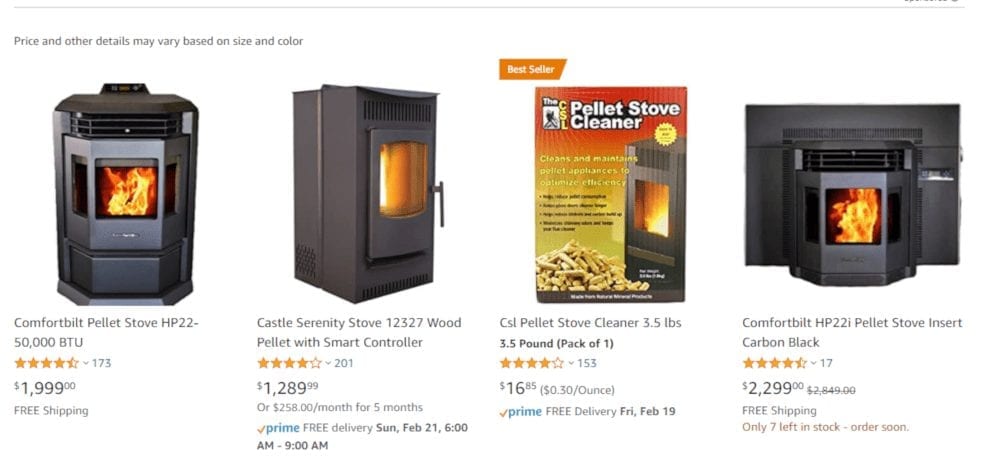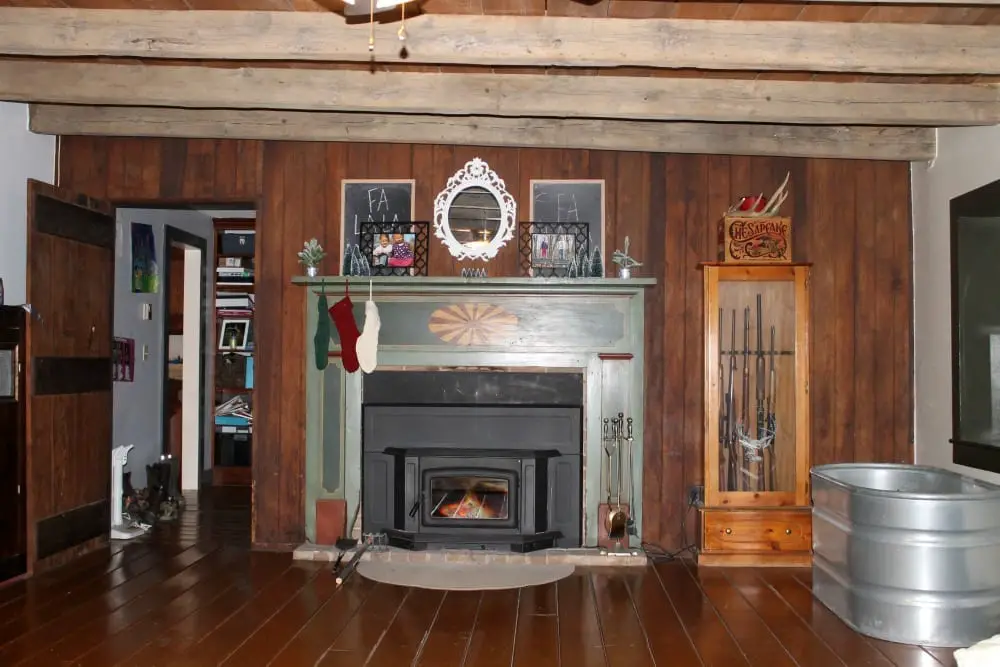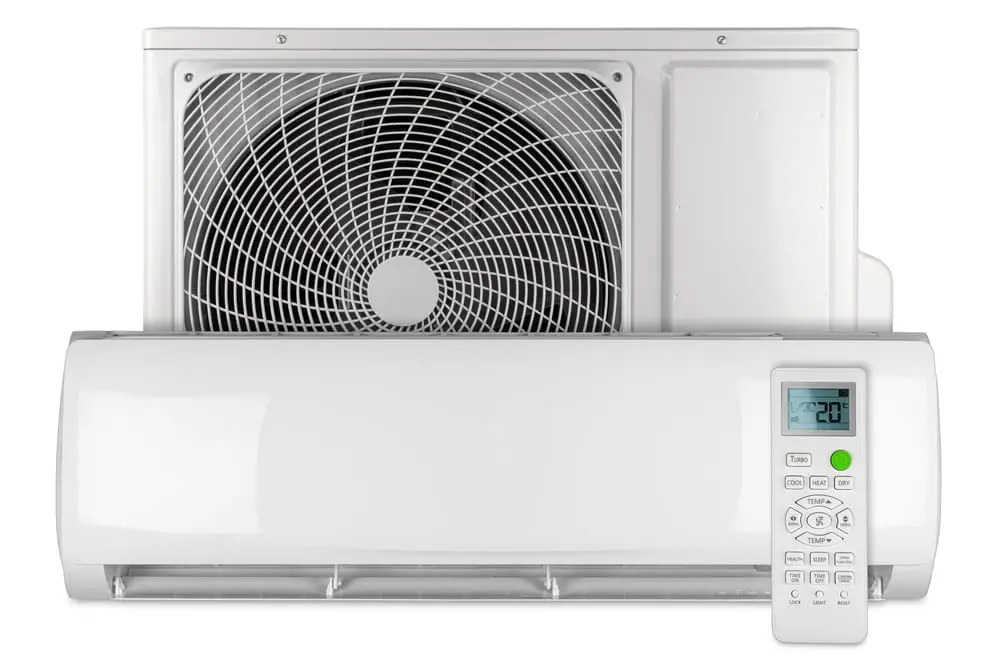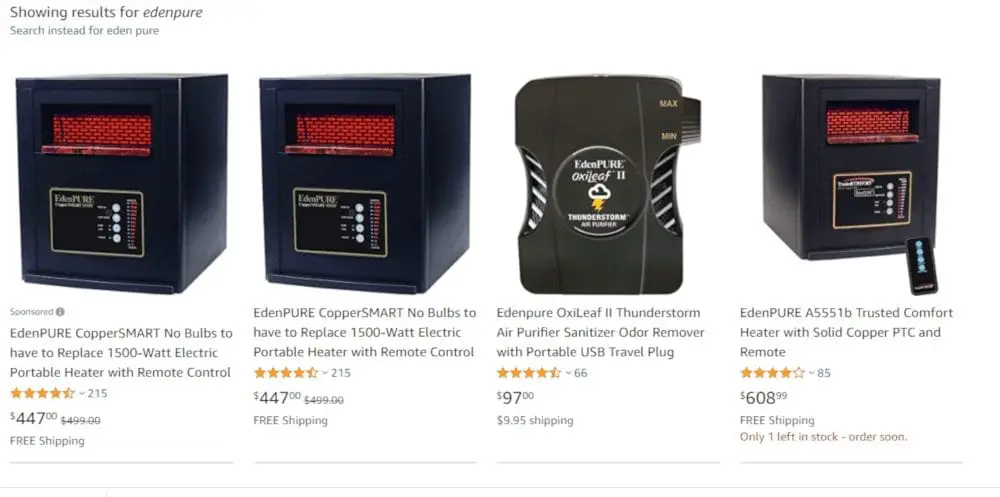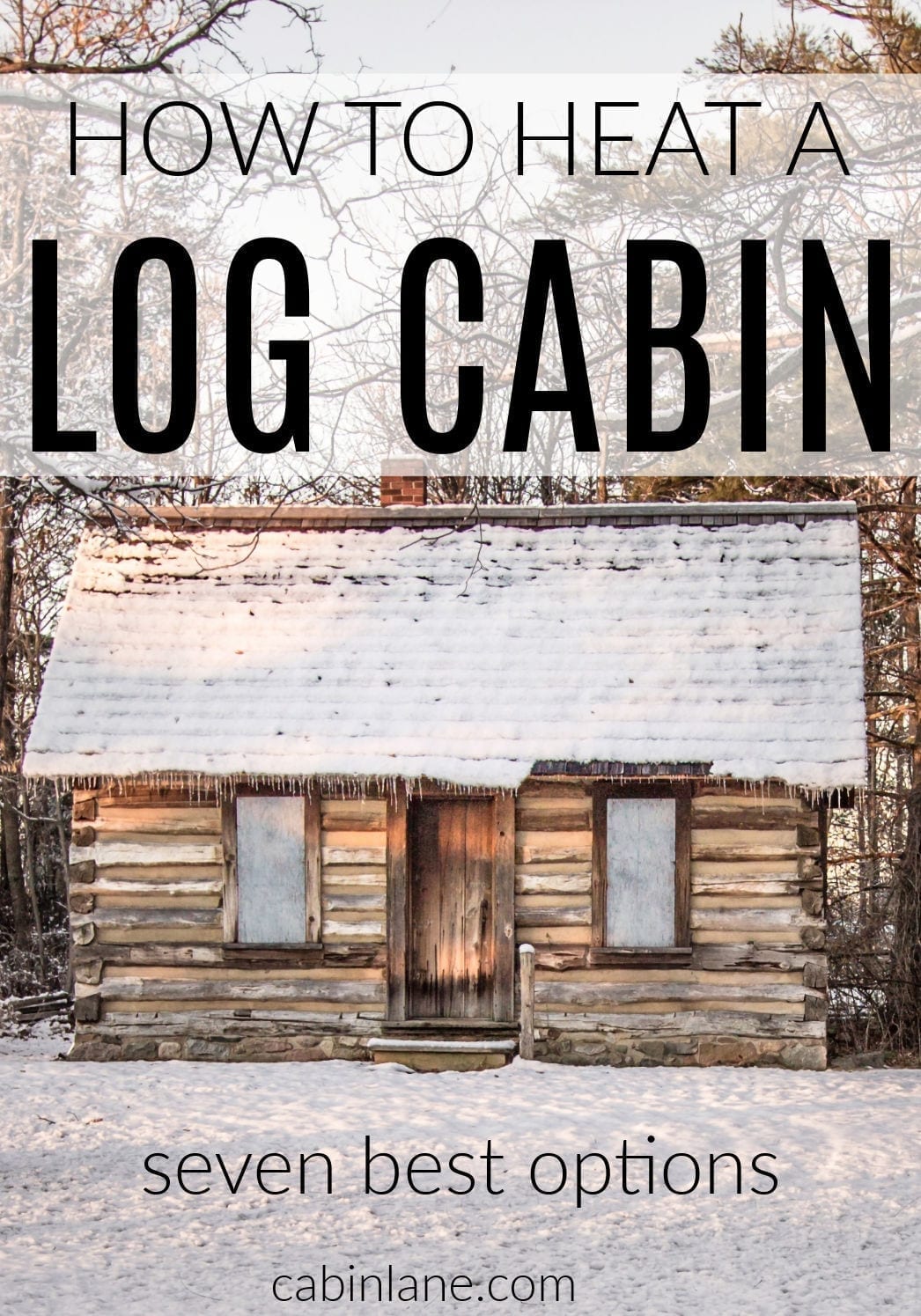Cabins are built differently.
They don’t have traditional insulation.
And because most cabins have exposed log walls, you can’t install heating systems with ductwork.
Which can be quite worrying if you’re thinking of moving to or building a log cabin. Luckily, there are still plenty of options when it comes to keeping your cabin warm.
Here’s everything you need to know about how to heat a log cabin.
How Log Cabins are Insulated
Log cabins don’t have traditional insulation. Instead, the logs that build the frame of your house are also responsible for insulating it.
Pretty cool, right?
If you’re new to cabin living, you might worry that logs in and of themselves won’t be enough to keep your cabin warm in the winter and cool in the summer. However, well-built log homes efficiently keep temperatures well regulated.
According to Energy.gov, logs can store heat during the day and release it at night – acting as a natural type of heater.
The main issue with logs acting as insulation is that shrinkage and expansion can occur, causing air leaks in the home. This usually isn’t a problem – but if logs weren’t left to “season” for six months before construction, this issue could pop up.
Certain types of wood are less susceptible to shrinkage. Pine, cedar, fir, spruce, and larch are some of the best wood types for log cabins.
Best Ways to Heat a Cabin
Honestly, you can heat a cabin just like you would any other house as long as you’re in a residential area.
However, since most cabins have exposed ceilings and walls, using a furnace with forced air is next to impossible. (Unless you want to look at ductwork!)
If you’re off-grid, you’ll be limited to heating with wood and possibly electric space heaters if you have solar power.
Here are some of the best ways to heat a cabin.
Wood Stove
Wood stoves are amazing at putting out heat. They are also a great option if you can harvest your own firewood.
My dad has a wood stove in his living room, and it gets so hot in there that, at times, you have to open up a window. (Even when it’s 10 degrees out!) So, yeah, they really REALLY put out the heat.
The downside is that unless your cabin is open concept, you may have a hard time getting the heat to circulate – instead, you’ll end up with one super hot room while the rest of the house stays kind of cold.
You can help circulate the heat with fans.
You can find wood stoves in various sizes depending on how much heat you want to put off and how much space you have.
Luckily, installing a wood stove is relatively easy to do. And if you have some DIY experience, you may be able to tackle this project yourself.
The Pros of Heating a Log Cabin with a Wood Stove:
- They put off a lot of heat.
- An excellent option for off-grid cabins.
- You can save money if you harvest your own firewood.
The Cons of Heating a Log Cabin with a Wood Stove:
- It’s hard to circulate the heat.
- They pose a problem if you don’t have a source for wood.
- You have to tend to the fire several times per day in the winter.
Pellet Stove
Pellet stoves have a very similar setup to woodstoves. They’re freestanding and great at putting off heat.
The big difference is that pellet stoves burn pellets made of sawdust and wood scraps rather than wooden logs.
Unlike regular wood, you can’t harvest your pellets – you have to buy them. A 40 lb bag of wood pellets costs around $6 and will heat an average-size home for about 24 hours.
Pellet stoves do need electricity to operate. Even though many come with battery back-ups, pellet stoves aren’t a good choice for off-grid cabins.
Wood Burning Fireplace Insert
At my house, we use a wood-burning fireplace insert as our primary heat source. The fireplace insert acts as a wood stove; the only difference is that it sits inside our fireplace. This means we can use our existing fireplace chimney instead of adding a new chimney and stovepipe for a wood stove.
We circulate the heat with fans and have vent holes cut into the upstairs bedroom floors so that the heat that rises makes into those rooms.
Electric Baseboard Heaters
My log cabin has electric baseboard heaters in it. We use these in a couple of rooms but rely mostly on our wood heat and infrared space heaters.
Since putting ductwork in a log cabin is near impossible, having baseboard heaters is one option for keeping a cabin warm.
Mini Split
If you’re not into the idea of baseboard heaters (I don’t blame you!), another conventional option is a mini-split. Mini-splits are ductless heating and cooling systems. They come with an outside unit and inside unit(s).
One of the neat things about mini splits is that you can adjust the heat for every room with a unit in it.
These ductless heaters are also less expensive to purchase and install their duct-needing counterparts. They are also more energy-efficient.
Gas Fireplace Insert
If you have access to gas and have a fireplace, having a gas fireplace insert can help heat your home. (But you’ll probably need a second source of heat.)
Having a wood-burning fireplace converted to gas will run you anywhere from $500 to $5,500. Unless your cabin is small or you live in a warm(ish) climate, you’ll need a second source of heat.
Infrared Space Heaters
The second heat source we use in our home is infrared space heaters.
Our wood fireplace insert keeps most of our house warm. However, we run an EdenPure heater in the master bedroom, and when it gets frigid, we also run one in the basement.
If you’re currently heating with a wood stove, fireplace insert, or pellet stove, these heaters are great secondary heat sources.
How to Heat a Log Cabin – You Have Options
As a cabin dweller who stays warm in the winter without having sky-high heating bills, I’m here to tell you: heating a cabin isn’t as hard as you think.
If you’re used to forced-air systems and a furnace, living in a cabin without one will require an adjustment. Luckily, there are still several options for you to choose from when it comes to keeping your cabin toasty in the winter.
